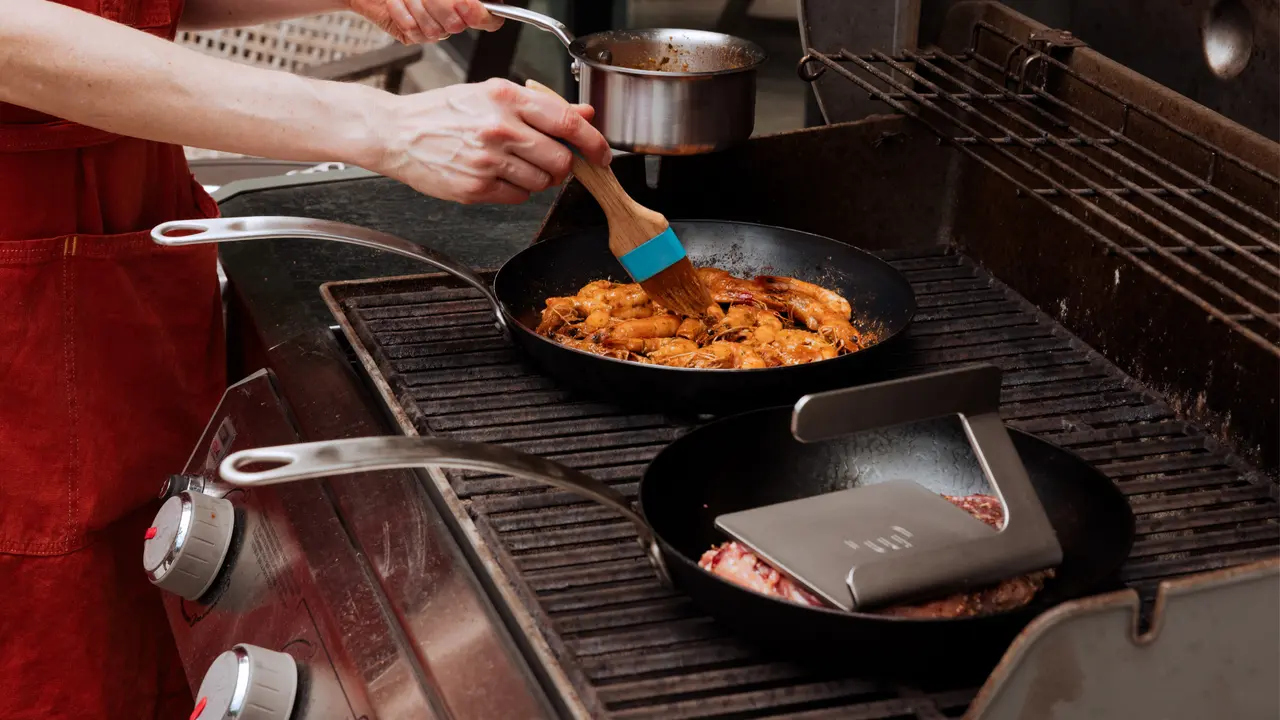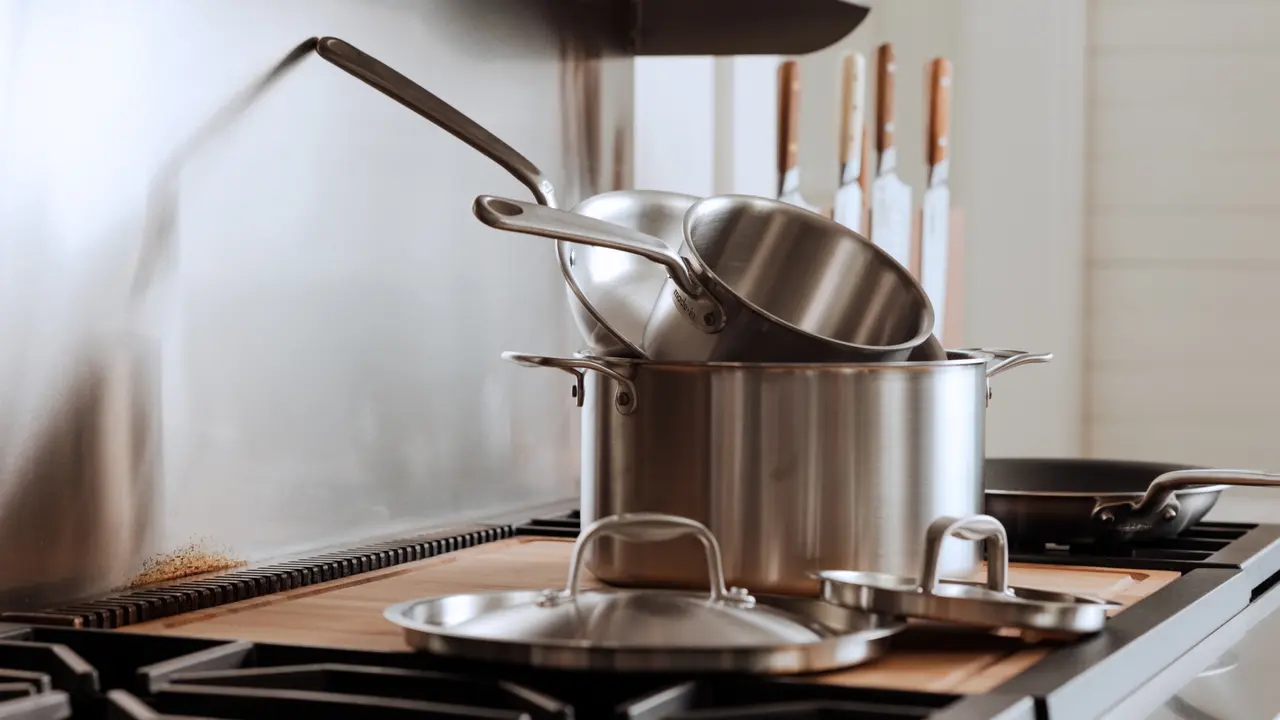The year is ending, and that can mean only one thing: it’s caviar season. But buying it can be a confusing process. The world of caviar is filled with strange terms, and getting to the bottom of what it even is, well, that’s a whole other ordeal. To help unpack everything surrounding caviar, we spoke with our friend and caviar expert, Taylor Seay of Regalis. Here’s what to keep in mind.
What Is Caviar?
The term is often bandied about, but it refers to fish roe—or fish eggs—that come from a specific kind of female fish, the sturgeon. “It’s like Champagne,” says Seay, “You have things like smoked trout roe, or even paddlefish or hackleback, and some people will call those caviar, but, because they don’t come from a sturgeon, they’re technically a roe.” Caviar can come from American sturgeon, European sturgeon, or even Chinese sturgeon. But, to be called caviar, they must be the roe of sturgeon.
What Are the Different Types?
You may have come across terms like Beluga, Kaluga, and Osetra in your search, and if you haven’t yet, you likely will soon. Beluga caviar, Seay says, comes from the Caspian and Black Seas. This type of caviar is rarely imported, due to custom service laws regulating the importation of wild caviar (when found in the United States, it comes from farmed fish). Kaluga comes from a hybridized Chinese sturgeon, while Osetra, from the American white sturgeon, is frequently available in the United States. Seay says, the delicacy is also divided into categories like black, gold, and platinum. “Generally, there are less gold eggs in a fish or in a farm than there are black,” he says. “So gold is generally going to be one of the rarest and most expensive caviars.”
Where Is a Good Place to Begin?
White sturgeon from California, says Seay, is an approachable way to begin. “It has an earthy finish to it and a really delicate texture,” he says. Kaluga caviar, from China, is also a good entry point. Seay describes this type as clean and creamy. “Kaluga is generally going to be light and buttery,” he says, making it a good choice for first-timers.
What Equipment Do You Need?
Although there are no official rules when it comes to caviar, there is one thing that most people agree on: don’t eat it with a metal spoon. The metal, Seay says, can react with the caviar, creating an off-putting taste. Instead, he suggests using wood, or, if more traditionally, mother-of-pearl. “The mother-of-pearl just looks fancy,” Seay concedes, and that may be the caviar spoon you’re looking for on New Year’s Eve (it also pairs well with champagne served out of a Coupe Glass).
What Should You Eat It With?
That can be a matter of opinion. “My favorite way—and the way I eat it most with my friends—is just with Lay’s potato chips and crème fraiche,” Seay says. Traditionalists may also want to add a little more luxury with the help of blini, minced red onion, chives, and chopped hard-boiled egg. Either way, the idea is to blend salt, fat, and acid. But no matter how you prefer to eat them, make sure you keep the leftovers (if there are any) really, really cold. “Don’t freeze it,” Seay says. “Just get it at the back of your fridge. You want to keep caviar around 38 degrees.”























